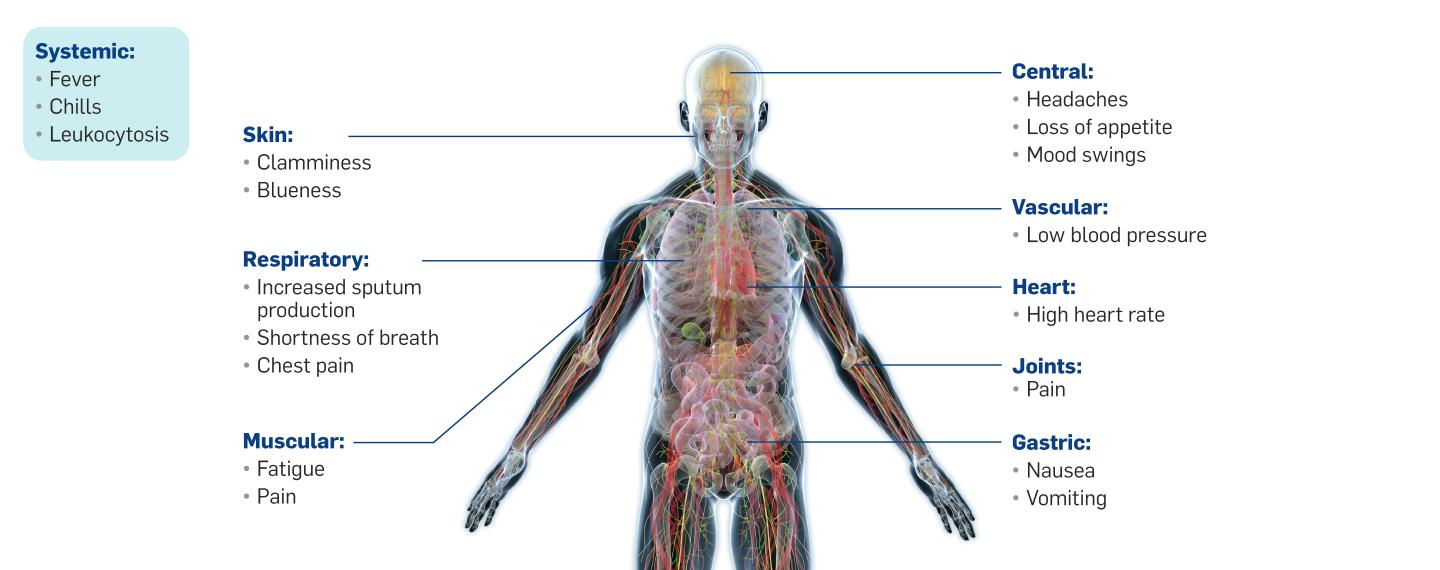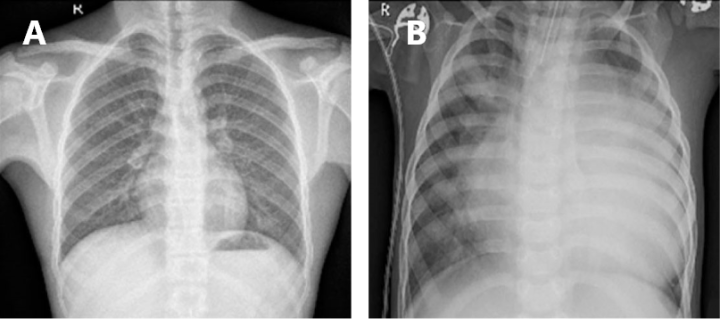*Due to infection alone (i.e., not chemotherapy induced).
Guidelines recommend the use of validated risk stratification tools, such as the pneumonia severity index (PSI; also known as the PORT score) or confusion, urea, respiratory rate, blood pressure, and 65 years of age or older (CURB-65) criteria to assist clinicians with site of care decision making (i.e., outpatient, hospitalization or admission to an intensive care unit).2,10,11 The PSI is preferred over CURB-65 and is composed of 20 items and classifies patients into five categories of severity that are associated with the risk of mortality. The risk category informs where and how the patient should be treated, and also provides general guidance for when microbiological testing should be requested.11


